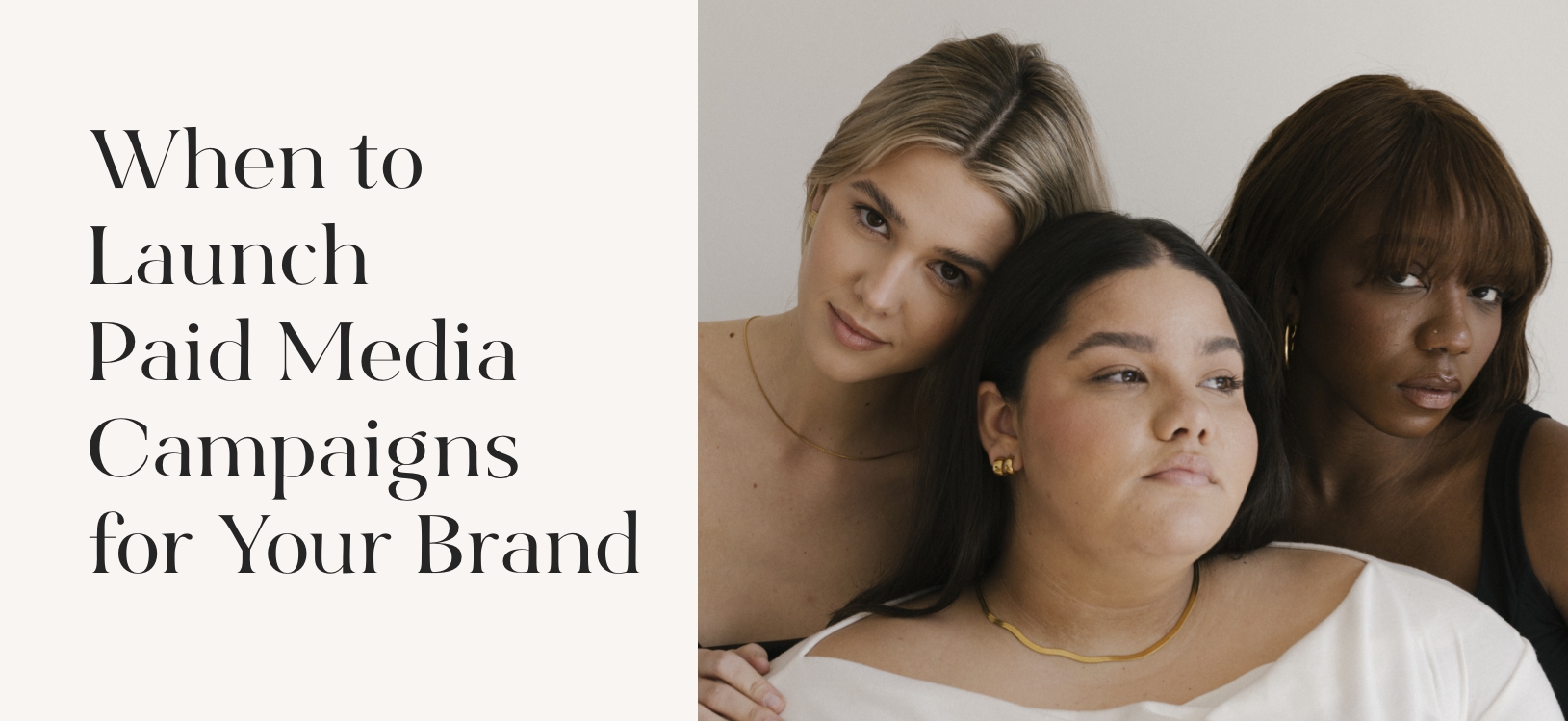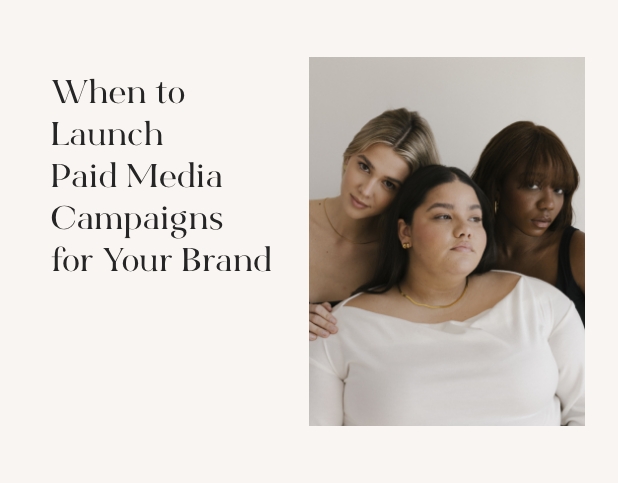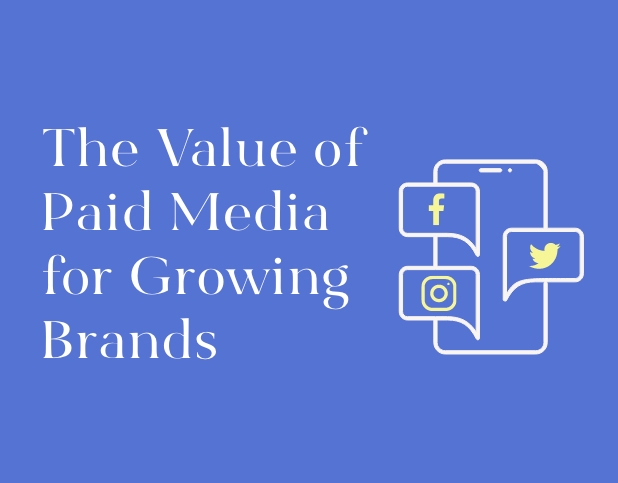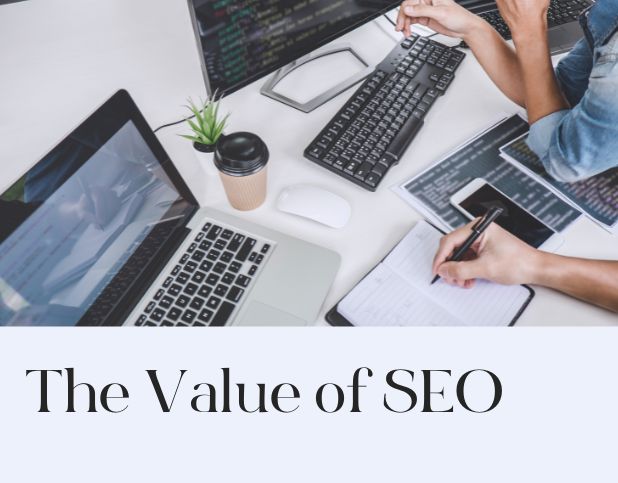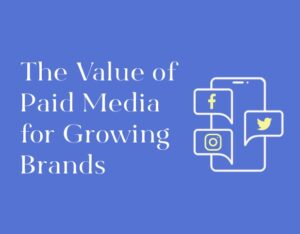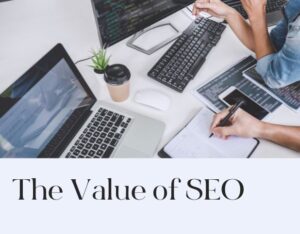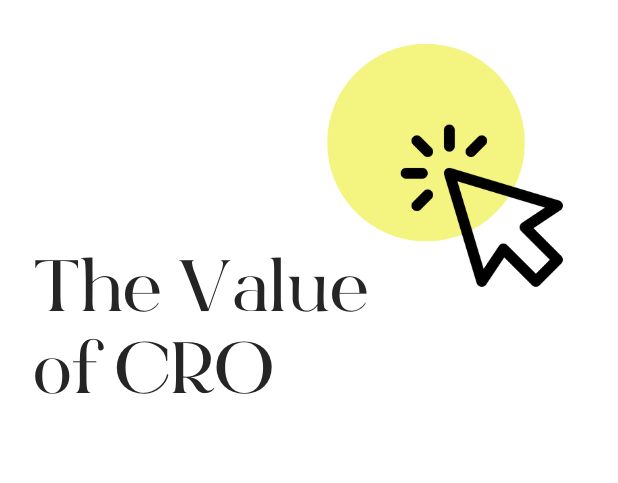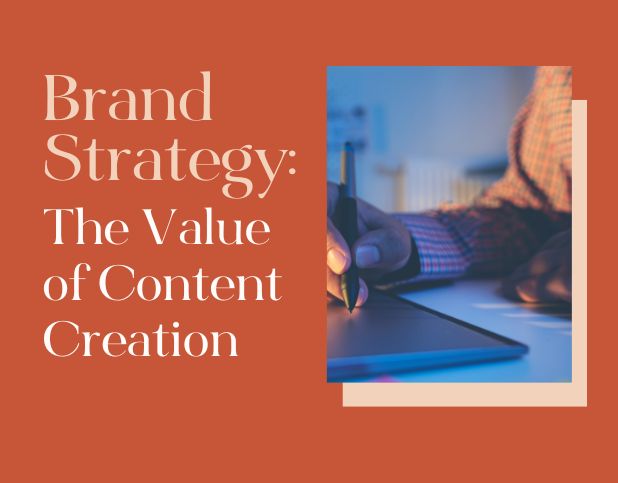MYTH: Paid Media is an “end all, be all” solution to growing a business or brand.
We can’t count how many times we have heard this misconception about paid advertising. Oftentimes, paid advertising or pay-per-click advertising is seen as an “end all, be all” solution to drive instant online sales or leads. This misconception leads to many brands investing hundreds to thousands of dollars into paid media, without seeing any sustainable or long-term return. Yikes! Sadly, this causes many brands to shy away from paid media, as they see no value or return in running Instagram ads or Google ads. What happens more often than not, is a brand will start ramping up paid media efforts without a well-developed paid media strategy in place or without a rich digital ecosystem.
In this blog, we’ll touch on some questions we often get from clients that want to launch paid media campaigns, and how to know if paid advertising is right for your brand or business.
How Should I Start?
Whether you are a new brand or an established brand, paid media advertising is a great way to amplify a brand’s current marketing efforts. However, paid advertising is only a small piece of the pie. This is where the digital ecosystem comes into play. Having a complete digital ecosystem is the secret sauce to any successful paid media strategy.
Think of paid media advertising as a way to complement and support those digital efforts. For example, an established brand might have a strong online presence, but is having trouble converting new customers into sales. In this case, paid media can be used to help guide users along the customer journey and convert those customers into sales. On the other hand, a newer brand would benefit more from focusing on building brand awareness. This is why at BuzzShift we spend a lot of time getting to know our clients’ business, brand, and industry before developing a paid media strategy. Having a strong understanding of what the paid landscape looks like for your brand as well as pinpointing your brand’s paid media goals and objectives will aid in the development of a successful paid advertising strategy.
How Much Should I Spend?
When deciding on a healthy paid media budget, first you need to consider how much your brand is willing to spend and what your paid media goals are. Having a good understanding of your brand and industry’s competitive landscape will also be helpful in determining an adequate starting investment level. At BuzzShift, we typically recommend that our clients start with a smaller paid media investment level and focus on gaining initial key insights before scaling up or adjusting their paid media channel mix.
How Do I Create a Paid Media Strategy?
Developing a paid media plan or strategy will be dependent on many factors that go back to what your online and digital goals are. Before developing a media plan and deciding what channels to use, set your brand up for success by creating an overarching strategy for your brand. A go-to-market strategy or growth strategy, will set the stage for the direction of your brand. From there, a paid media strategy should be created with that overarching strategy in mind.
Paid media is a great way to set-up your brand for sustainable growth by supporting your digital efforts. As you grow your brand, we can’t emphasize enough the importance of establishing your brand’s paid media goals and objectives, understanding your industry’s competitive landscape, and developing a strong digital ecosystem.
Paid media marketing doesn’t work overnight. When it comes to developing a scalable, data-driven paid media strategy, BuzzShift has the blueprint for success. We are where brands come to grow. Find out how!
About BuzzShift
BuzzShift is a digital growth strategy agency with a focus on mid-market, scaling, purpose-driven DTC Brands. By combining the ideologies of branding, performance marketing, and retention agency, we are able to create memorable experiences with measurable results, and build long-term success for our clients with scalable, sustainable growth. Learn more about BuzzShift.
